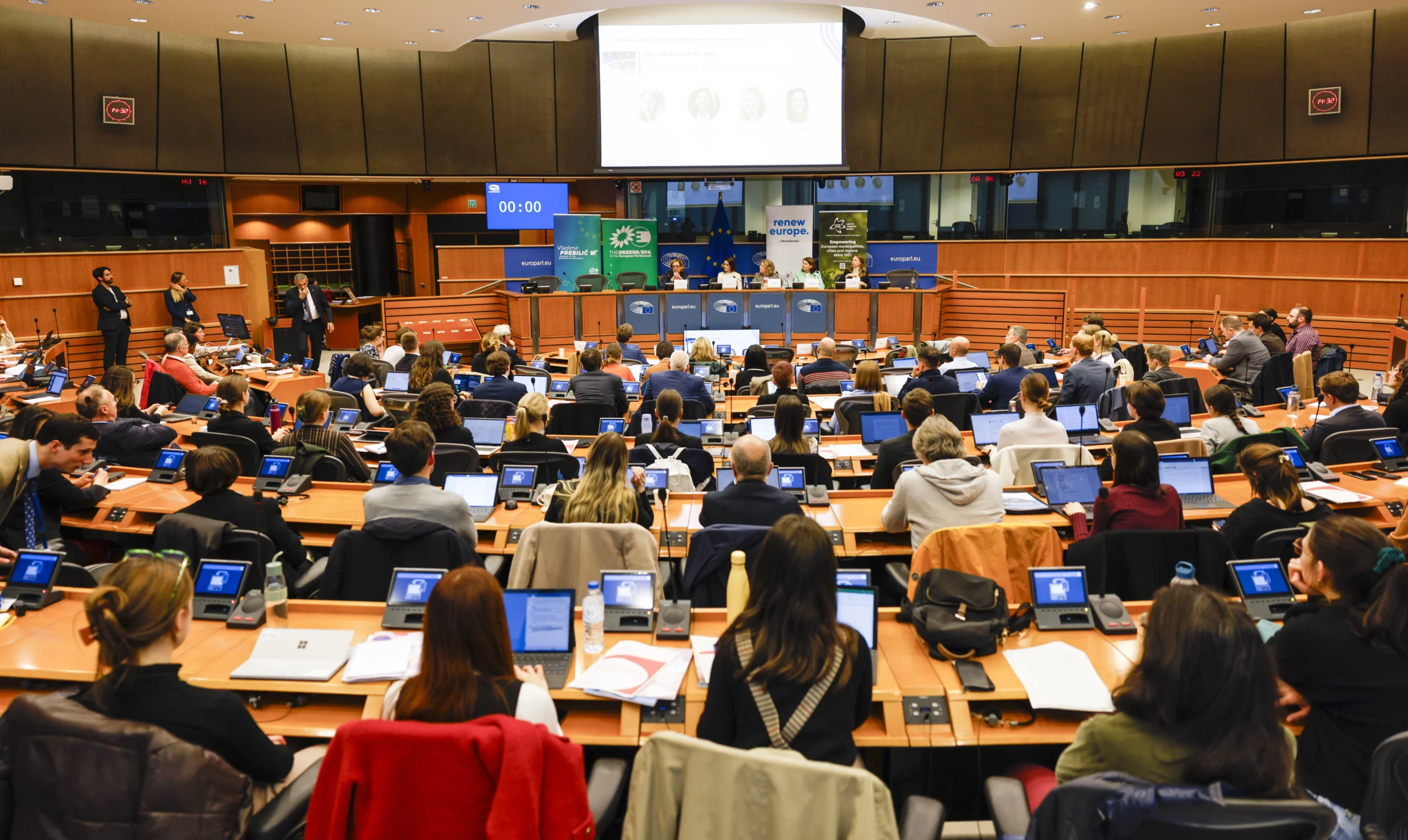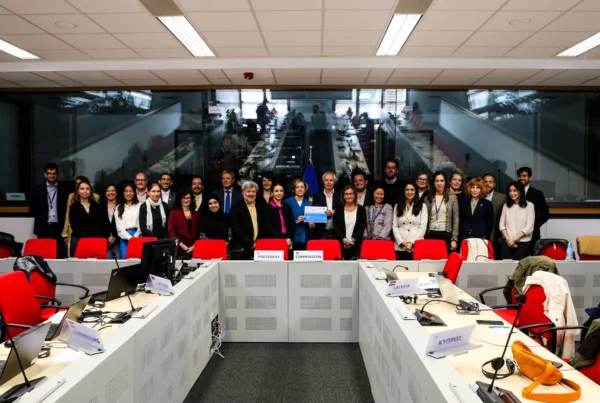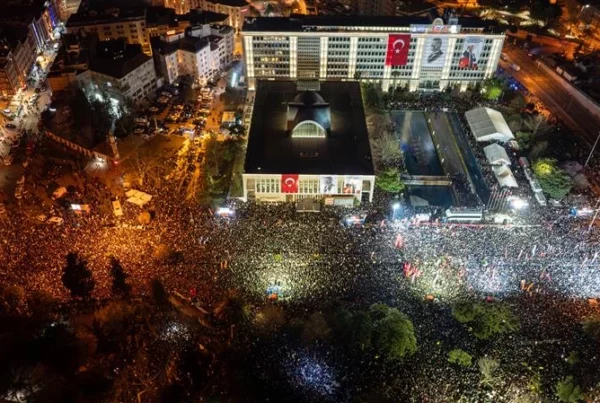Main conclusions of the EU Budget event at the European Parliament
As the European Commission lays the groundwork for the next Multiannual Financial Framework (MFF) beyond 2027, the role of Local and Regional Governments has taken centre stage in Brussels. On 24 April, CEMR joined forces with Members of the European Parliament Vladimir Prebilič and Ľubica Karvašová to organise the high-level event “EU Budget: What Does the Future Hold for Multi-Level Governance?”
The discussion comes in the wake of the Commission’s strategic communication, “The Road to the Next Multiannual Financial Framework”, which signals a potential shift in the architecture and the approach to the EU budget. What will the future EU budget look like, and how will EU funds be managed and by whom? These and other questions were discussed in this event, taking place at the European Parliament.
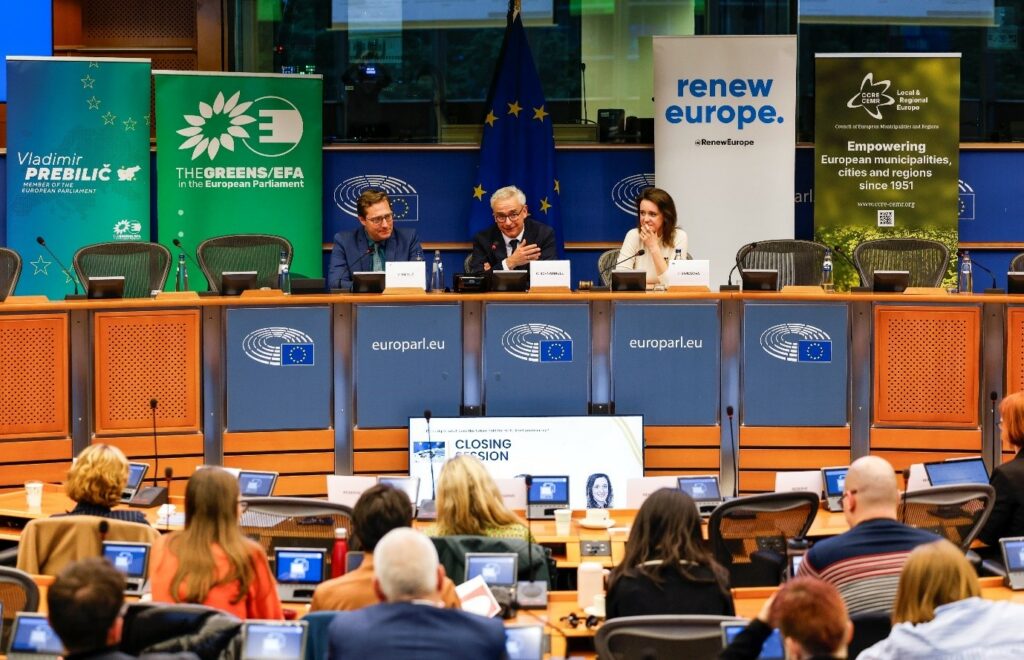
Strong calls for local and regional involvement
During the opening session, Vladimir Prebilič synthesised the next steps for the MFF proposal, focusing on the centralisation trends and the need to keep the regions at the centre of the design and implementation of Cohesion Policy, which must retain its long-term rationale and not be used for short-term crises.
His view was echoed by L’ubica Karvašová‘s discourse, who underlined the need for the EU to work on both a global pillar, with defence and trade policies, and a socio-economic pillar, where Cohesion Policy is at the forefront.
CEMR Co-President Christoph Schnaudigel recalled the central role of the Local and Regional Governments in the implementation of Cohesion Policy, and thus the need to be co-designers.
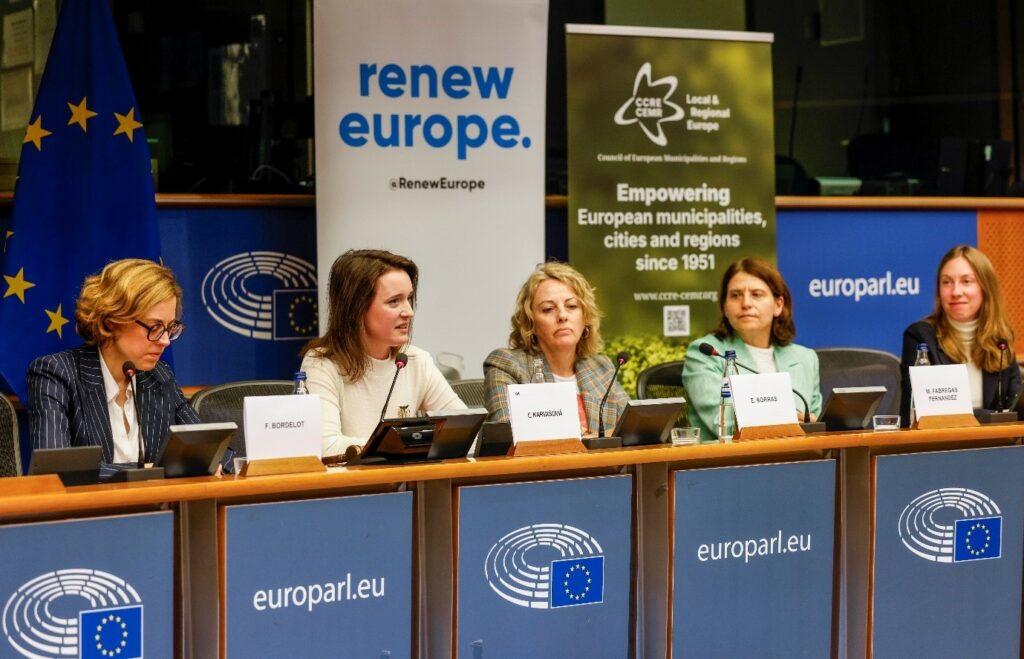
Aligning EU priorities with local and regional needs
The first panel discussed the interactions between EU-level priorities and local and regional governments’ investment priorities in view of the next long-term budget.
Florentine Hopmeier, Deputy Head of Cabinet of Commissioner Serafin, confirmed that Commissioner Serafin is touring Europe to meet beneficiaries of EU funds and collect as much feedback and proposals as possible, but also insisted that the immediate challenge lies in the successful delivery of the current programming period. She recalled the difficult financial context lying ahead, with new priorities to be funded, together with the need to repay NextGeneration EU. The Commission must therefore work on the assumption of more constrained financial resources available. Hopmeier insisted on the need for more flexibility and the lessons learned from the Recovery and Resilience Facility (RRF), including the new approach linking investments and reforms. Finally, she concluded by reaffirming the Commission’s willingness for Local and Regional Governments to be involved and for the continuation of the Partnership Principle even in the presence of a single national plan.
Maria Teresa Fabregas Fernandez, Director of the Task Force on Reform and Investment at the European Commission, came back on the lessons learned from the RFF, highlighting the added value of the holistic approach linking investments on EU priorities to reforms improving the impact of investments. She confirmed that the Commission has been warning Member States to involve Local and Regional Governments when reforms affect subnational authorities.
Ester Borràs, from the Catalan government Delegate to the EU, warned about the risks of centralising decision-making with a single plan. She called for simplification, while recalling that centralisation is not simplification, and for harmonisation in the now fragmented EU funds.
L’ubica Karvašová concluded the panel by suggesting a focus on impact rather than performance, and a two-tiered single plan: a national tier and a second tier for individual regional plans, using the Integrated Territorial Investment (ITI) model. She also pleaded for the institutions to reach a bigger budget in view of the increased investment needs of the Union, and emphasised that investments in social and educational infrastructure also contribute to competitiveness.
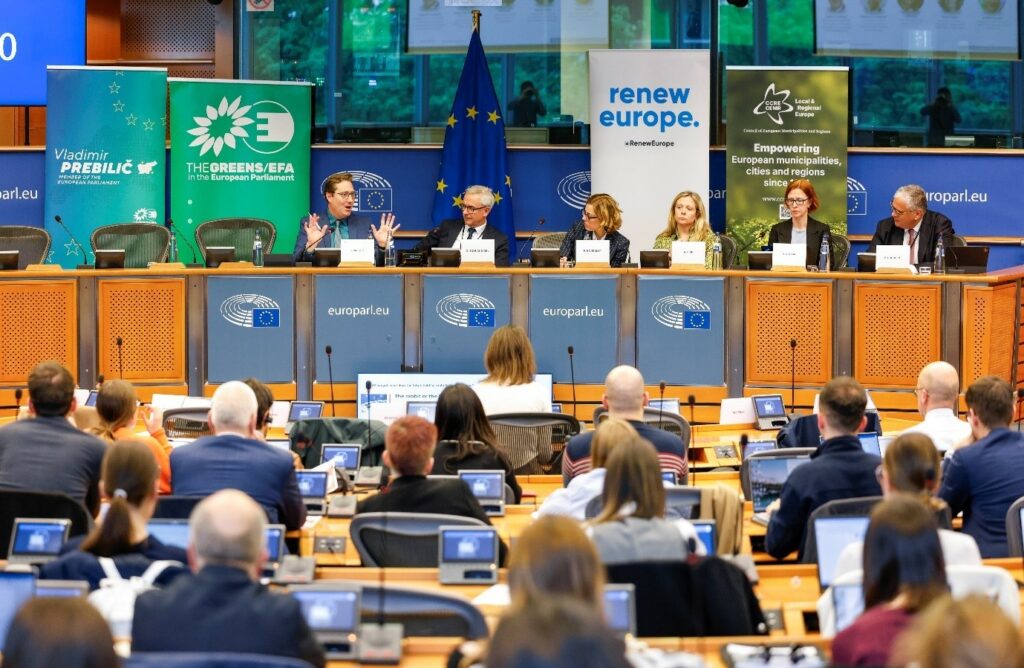
Ensuring efficient implementation of the EU’s investment policy
The second panel on ensuring both rapid and efficient implementation of the EU’s investment policy opened with Vasco Alves Cordeiro, Chair of the European Committee of the Regions’ (CoR) COTER Commission, presenting the CoR’s priorities for the next MFF, which can be summarised as “flexibility with predictability“. These include ceilings and rules to allow for the reallocation of funds, simplifying the work of managing and auditing authorities, and the need for qualitative criteria to assess the results of cohesion policy. Finally, he stressed the need to maintain the long-term investment perspective of cohesion policy.
Kadri Uustal, Head of Unit for Cities, Communities and People at DG REGIO in the European Commission, provided additional information on the upcoming “ambitious policy agenda for cities”, as it will aim at supporting cities, not only in the framework of the Cohesion Policy, but even beyond. One of the first challenges for this will be to bring clarity to beneficiaries on the different programmes and initiatives targeting cities. Uustal explained that the Commission is also exploring a better involvement of cities in EU legislation, given the important role of subnational governments in the effective implementation.
CEMR co-president Christopher Schnaudigel recalled that Cohesion Policy is part of the EU treaties and must therefore remain a priority. He also warned that “we cannot achieve competitiveness without investing in the regions”. He recommended that Local and Regional Governments are closely associated in the drafting of the single national plans, pointing to the existing Partnership Agreements in the current Cohesion Policy framework as the model to follow in order to develop an investment plan that is both consistent at the national level, and fit for purpose at local and regional levels.
Vladimir Prebilič started by recalling the benefits Cohesion Policy has brought to the many territories where it has been invested. He then shared insights from his ongoing work as rapporteur on the Committee on Regional Development in the European Parliament for the report on simplification of the Cohesion Policy funds. As solutions to be explored, he proposed improved and more systematic territorial impact assessments, a single set of rules for funding, and a stronger distinction between errors and fraud in auditing.
Alva Finn, Executive Director of the European Liberal Forum, former member of the Commission’s expert group on the future of Cohesion Policy, suggested a full rebranding of the Cohesion Policy to increase its effectiveness and by in from citizens. Cohesion Policy is still the largest and most successful investment policy in the world, but it does need to be updated, using, for instance, smart conditionality. She advocated for cross-border and inter-European infrastructures to connect Europe and suggested integrating the place-based approach with a people-based one.
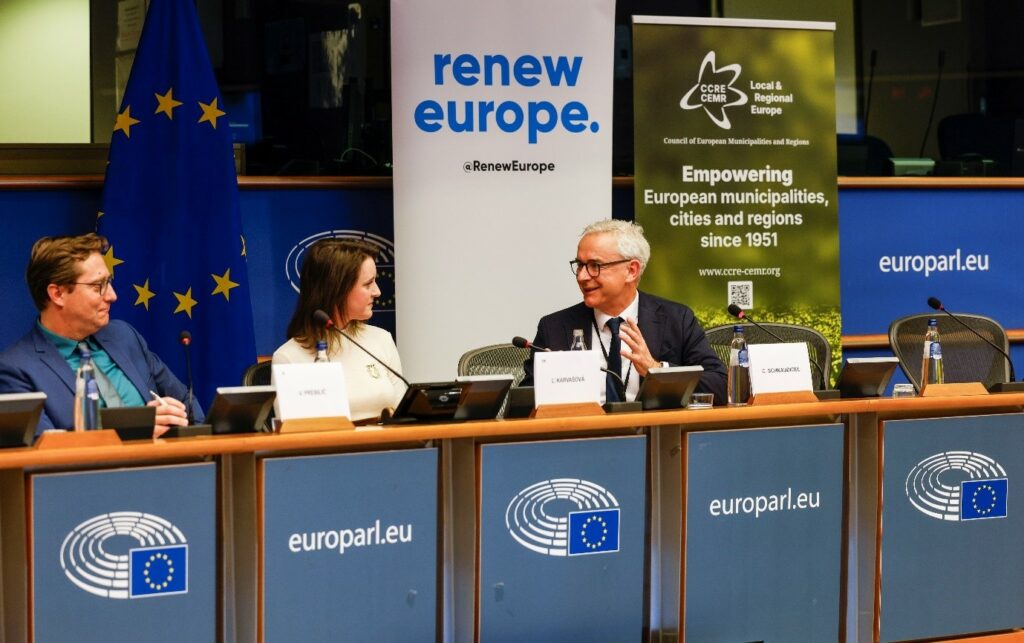
In closing remarks, Karvašová called for co-responsibility, building on Cohesion Policy to fight Euroscepticism and gaining people’s support for the European project. This message was supported by Prebilič‘s appeal to the democratic decision-making model and by Schnaudigel, who concluded by recalling CEMR’s position paper on the subject and the launch of CEMR’s new campaign on the topic.

Advisor – Territorial Cohesion & Local Finances


